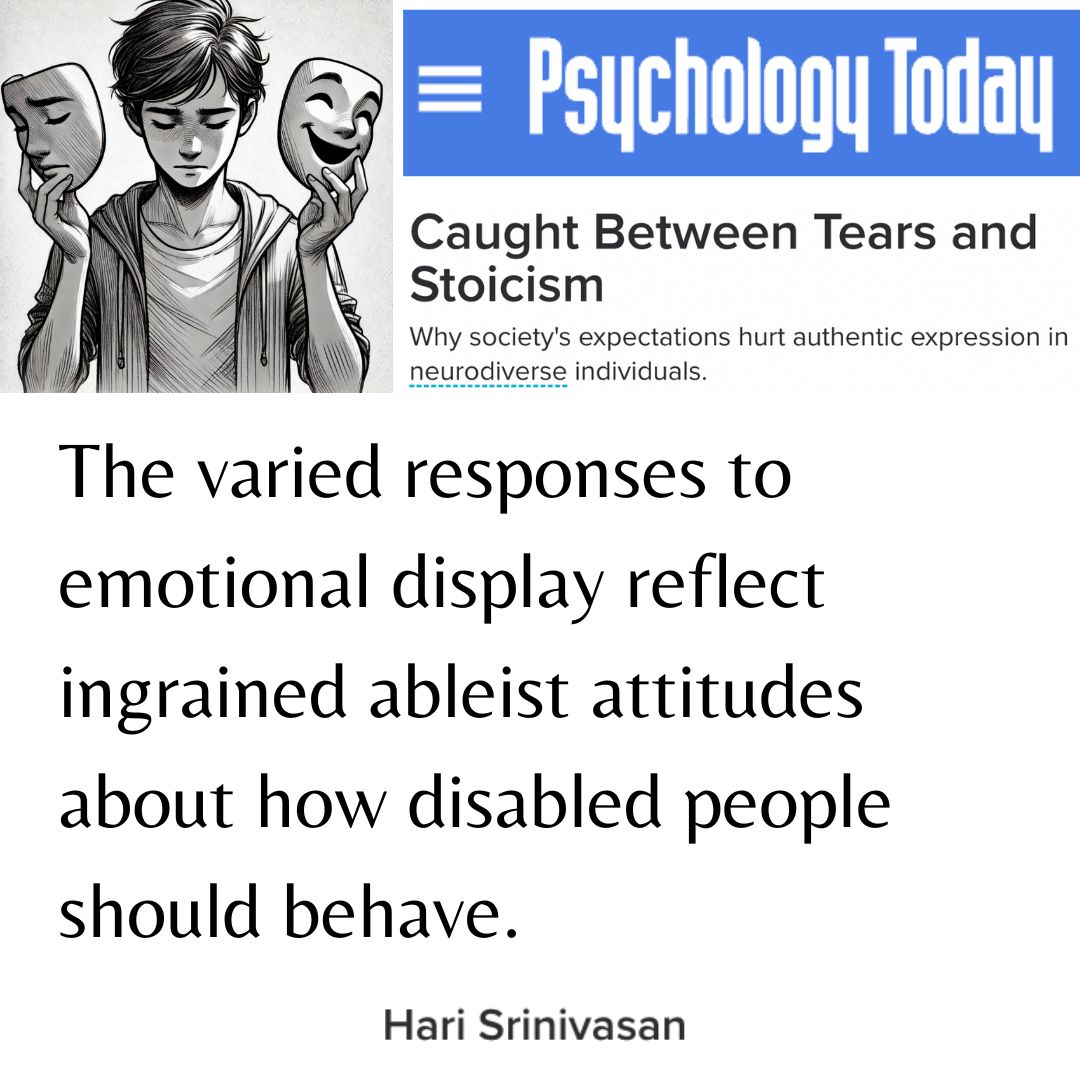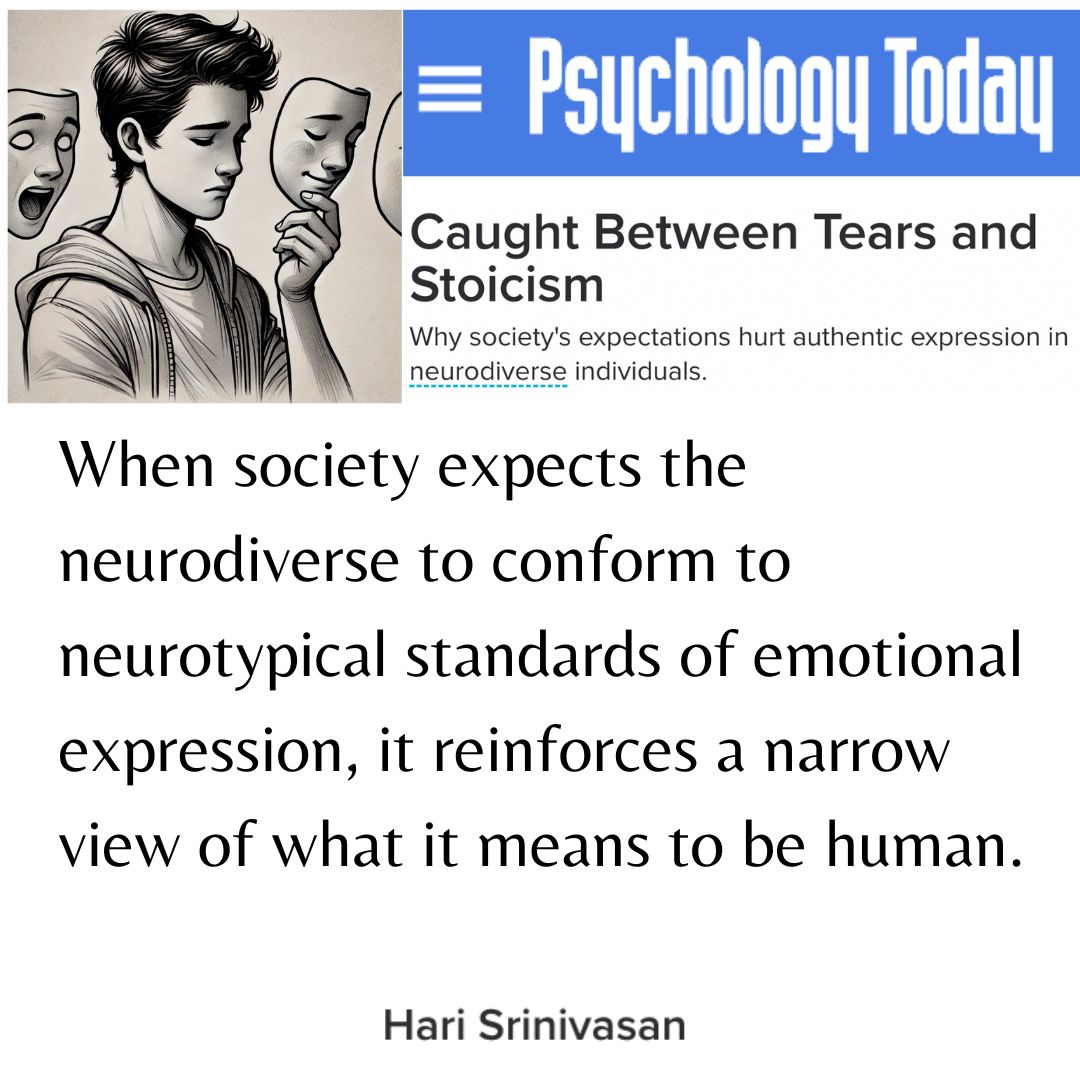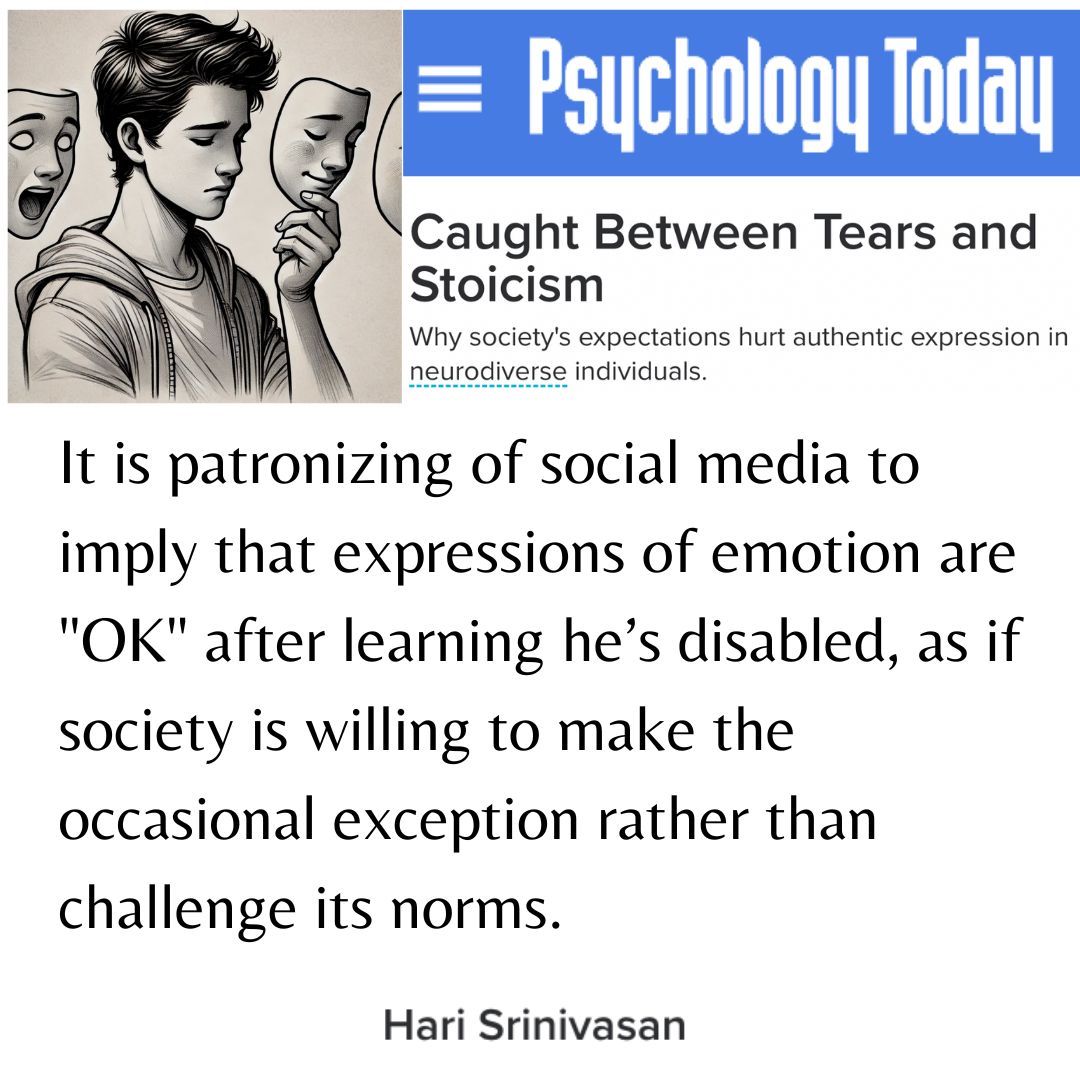Caught Between Tears and Stoicism
Caught Between Tears and Stoicism
Understanding the Americans with Disabilities Act
Understanding the Americans with Disabilities Act (ADA)
The Americans with Disabilities Act (ADA) is a landmark piece of legislation that has transformed the landscape of disability rights in the United States.
The Birth of ADA
The ADA was signed into law on July 26, 1990, by President George H.W. Bush. Its passage marked a significant victory for the disability rights movement, building on decades of activism and advocacy. The ADA aimed to eliminate discrimination against individuals with disabilities in various areas of public life, ensuring equal opportunities and accessibility.
Key Provisions of the ADA
The ADA is divided into five titles, each addressing different aspects of public life:
Title I – Employment: Prohibits discrimination against individuals with disabilities in all aspects of employment, including hiring, promotions, and accommodations. Employers with 15 or more employees must provide reasonable accommodations to qualified employees with disabilities.
Title II – Public Services: Ensures that individuals with disabilities have equal access to public services, including state and local government programs and services. This includes public transportation.
Title III – Public Accommodations: Requires that private businesses and non-profit organizations that serve the public must make their facilities accessible to individuals with disabilities. This includes restaurants, hotels, theaters, and retail stores.
Title IV – Telecommunications: Mandates that telephone and internet companies provide accessible communication services for individuals with hearing and speech disabilities, including the provision of telecommunications relay services (TRS).
Title V – Miscellaneous Provisions: Contains various provisions relating to the ADA, including its relationship to other laws and the impact on insurance providers and benefits.
Influential Figures in the Making of ADA
Several key figures and advocacy groups were instrumental in the development and passage of the ADA:
Justin Dart Jr.: Often referred to as the "Father of the ADA," Dart was a passionate advocate for disability rights. He traveled across the United States to gather stories from people with disabilities, which he presented to Congress to demonstrate the need for comprehensive legislation.
Judy Heumann: A prominent disability rights activist, Heumann's leadership and advocacy, particularly through her roles in various organizations and government positions, were crucial in pushing for the ADA.
Senator Tom Harkin: A leading advocate for the ADA in Congress, Harkin delivered part of his introduction speech in sign language to emphasize the importance of the legislation. His efforts were pivotal in securing bipartisan support for the ADA.
The Disability Rights Community: Organizations like the American Association of People with Disabilities (AAPD), the National Council on Independent Living (NCIL), and others played vital roles in advocating for the ADA and mobilizing public support.
Interesting Historical Context
The ADA was born out of the broader civil rights movement and inspired by earlier legislation, such as the Civil Rights Act of 1964 and the Rehabilitation Act of 1973. Before the ADA, individuals with disabilities faced widespread discrimination and barriers to full participation in society. The ADA's passage marked a transformative moment, symbolizing a national commitment to equality and inclusion.
The Impact of ADA
Since its enactment, the ADA has had a profound impact on the lives of individuals with disabilities and American society as a whole. Key outcomes include:
Increased Accessibility: The ADA has led to significant improvements in the accessibility of public spaces, transportation, and communication services, allowing individuals with disabilities to participate more fully in society.
Employment Protections: The ADA has provided critical protections against employment discrimination, helping individuals with disabilities obtain and maintain jobs.
Awareness and Advocacy: The ADA has raised awareness about disability rights and inspired ongoing advocacy efforts to ensure that its principles are fully realized.
ADA is more than just a legal framework; it is a milestone in the journey towards equality and inclusion for all individuals with disabilities. Its history, structure, and impact reflect the ongoing efforts to create a society where every person, regardless of ability, can live with dignity and autonomy. The contributions of dedicated advocates and policymakers were instrumental in its creation and continue to drive its implementation, ensuring that the principles of the ADA are realized in communities across the United States.
Caught Between Tears and Stoicism
Disability and Multilingualism
Caught Between Tears and Stoicism
Disability and Multilingualism
Caught Between Tears and Stoicism
Perceived reduced networking and socialization
Read full article at https://fortune.com/2023/07/27/flexible-work-critics-using-same-arguments-were-used-oppose-disabled-ramps-closed-captioning-equity-access-never-optional-remote-work-careers-hari-srinivasan/
My other list of Publications: https://uniquelyhari.blogspot.com/p/published-work.html
Caught Between Tears and Stoicism
Hybrid as an accommodation
Disability and Multilingualism
Caught Between Tears and Stoicism
UNCRPD
UNCRPD.
As an undergrad I had the opportunity to work on 42 case studies of the implementation of the UNCRPD by signatory countries. I learned so much about disability challenges, especially in under-resourced nations. Thank you Professor Pineda for that internship opportunity.
Disability Rights and both human rights and civil rights. The United Nations Convention on the Rights of Persons with Disabilities (UNCRPD) represents a monumental step towards ensuring equal rights and inclusion for people with disabilities worldwide.
What is the UNCRPD… Read on
The Birth of UNCRPD
UNCRPD’s journey began in the early 2000s, rooted in a growing recognition that existing international human rights instruments were insufficient in protecting the rights of persons with disabilities (PWD). The Convention was adopted by the UN General Assembly on December 13, 2006, and it opened for signature on March 30, 2007 where it received an overwhelming response; with 82 countries signing the Convention on opening day, making it the highest number of signatories in history to a UN Convention on its opening day. As of today, there are 182 parties to the Convention, including the European Union, which signed as a regional integration organization.
The drafting process of the UNCRPD was marked by unprecedented collaboration between governments and civil society, particularly organizations of PWDs. The "Nothing about us without us" motto became a central theme, ensuring that the voices of PWDs were at the forefront of the discussions.
The first Conference of States Parties (COSP) to the UNCRPD was held in 2008 at the UN Headquarters in New York. This conference is an annual event where signatories gather to discuss progress, challenges, and strategies related to the implementation of the Convention. The COSP plays a crucial role in maintaining momentum and ensuring accountability among the States Parties.
Since its adoption, the UNCRPD has led to significant changes in legislation and policy around the world. Countries that have ratified the Convention are obligated to align their national laws and policies with its principles. This has resulted in greater awareness, increased accessibility, and more inclusive education and employment opportunities for PWDs. The Convention continues to inspire movements and advocacy efforts globally, reinforcing the idea that disability rights are human rights and that every person deserves to live with dignity, autonomy, and equality.
The UNCRPD is more than just a legal document; it is a powerful tool for change, reflecting a global commitment to ensuring that PWDs enjoy the same rights and opportunities as everyone else. Its history, structure, and impact demonstrate the ongoing efforts to build a more inclusive world where diversity is celebrated, and everyone is empowered to participate fully in society. The contributions of dedicated disability rights activists were instrumental in its creation and continue to drive its implementation, ensuring that the principles of the Convention are realized in the lives of persons with disabilities worldwide.
The U.S. and the CRPD
The United States signed the UNCRPD on July 30, 2009, indicating its support for the treaty's principles and its intent to promote and protect the rights of individuals with disabilities. However, despite signing the UNCRPD, the United States Senate has not ratified the treaty. This means that, although the U.S. has expressed its endorsement of the CRPD by signing it, the treaty has not been approved by the U.S. Senate and thus is not legally binding in the United States. The U.S. continues to adhere to its own disability rights legislation, such as the ADA, which served as an inspiration for the UNCRPD.
Main Sections of the UNCRPD
The UNCRPD is a comprehensive document that outlines the rights of disabled persons and the obligations of States Parties to promote, protect, and ensure these rights. It is divided into several key sections:
Preamble: This sets the context and outlines the underlying principles of the Convention.
General Principles (Article 3): Includes principles such as respect for inherent dignity, non-discrimination, full and effective participation and inclusion in society, respect for difference, and acceptance of persons with disabilities as part of human diversity.
General Obligations (Article 4): States Parties commit to ensuring and promoting the full realization of all human rights and fundamental freedoms for all persons with disabilities without discrimination.
Specific Rights:
Equality and Non-Discrimination (Article 5)
Accessibility (Article 9)
Right to Life (Article 10)
Equal Recognition Before the Law (Article 12)
Access to Justice (Article 13)
Liberty and Security of Person (Article 14)
Freedom from Torture (Article 15)
Freedom from Exploitation, Violence and Abuse (Article 16)
Living Independently and Being Included in the Community (Article 19)
Education (Article 24)
Health (Article 25)
Work and Employment (Article 27)
Participation in Political and Public Life (Article 29)
Implementation and Monitoring (Articles 33-40): These articles describe the measures for implementation and monitoring, including the establishment of a Committee on the Rights of Persons with Disabilities to oversee the Convention's implementation.
Disability and Multilingualism
Caught Between Tears and Stoicism
Disability and Multilingualism
Caught Between Tears and Stoicism
Disability and Multilingualism



















